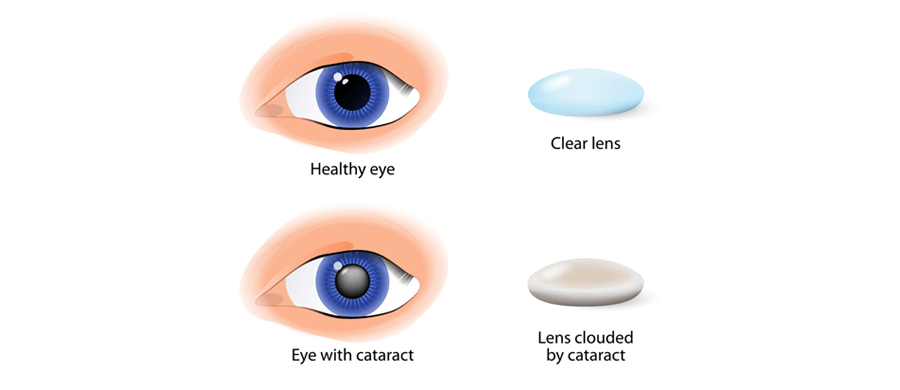
This is directly related to the size of the lens aperture and the focal length of the lens as follows: One of the variables affecting the diffraction limit is the speed of the lens or f/#.

To calculate this diffraction limit figure, a simple formula that relates the f/# of the lens and the wavelength of light can be used.ĭL = 1/Īfter the diffraction limit is reached, the lens can no longer resolve greater frequencies. Even a perfect lens not limited by design will be diffraction limited and this figure, given in line pairs/mm, will determine the maximum resolving power of the lens. One of the most important parameters of a lens is its diffraction limit (DL). To understand how lenses can limit the performance of an imaging system, it is necessary to grasp the physics behind such factors as diffraction, lens aperture, focal length, and the wavelength of light. To address the problem, lens manufacturers now need to produce lenses that employ higher optical performance, lower f-numbers (f/#s), and significantly tightened manufacturing tolerances so that these lenses can take advantage of new sensors. This has resulted in a mismatch between the advertised sensor resolution and the resolution that is attainable from a sensor/lens combination. In developing these imagers, sensor manufacturers have failed to communicate with lens manufacturers. In the next generation of image sensors, some manufacturers expect to produce devices with pixel sizes as small as 1.75 µm. It is also common to find sensors that contain 5 Mpixels and individual pixel sizes of 3.45 µm. Recently, sensor manufacturers have produced pixel sizes of 1.4 µm without considering lens performance limits. It is now common to find sensors with standard 5-µm pixel sizes. About 15 years ago, it was common to find sensors with pixels as small as 13 µm.
BETTER THAN SYSTEM LENS PRO
Overall the OM SYSTEM 40-150mm f/4 Pro provides the end-user with a fuss-free experience.With pixel sizes of CCD and CMOS image sensors becoming smaller, system integrators must pay careful attention to their choice of opticsĮach year, sensor manufacturers fabricate sensors with smaller pixel sizes. The zoom ring can be spun from 40mm to 150mm in one twist. This means the focus rings continually spins as there are no hard stopping points.
.jpg)
BETTER THAN SYSTEM LENS MANUAL
The manual focus ring is linear and not mechanical. This allows the lens to be much more compact when collapsed. If you do not do this the camera will tell you that the lens is locked and you will not be able to bypass the screen. To use the lens, you have to first unlock it by twisting the barrel until it clicks. I had no problems getting sharp images at 1/50s when at the 300mm equivalent focal range. However, the IBIS found in Olympus, and now OM SYSTEM cameras, make this lens easy to handhold (even one-handed) at very slow shutter speeds. It’s worth noting that the 40-150mm f/4 Pro does not feature any lens stabilization, which is a little strange for a lens with this focal range.

The lack of physical controls, apart from the zoom ring and the manual focus ring, means there’s not much to fuss around with. The OM SYSTEM 40-150mm f/4 Pro is an easy lens to use.


 0 kommentar(er)
0 kommentar(er)
